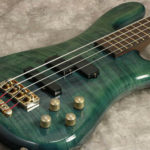Musical Timbre
You probably never thought about why you can tell different instruments apart from one another. Why, for example, can you tell a piano apart from a bass guitar even when they play the exact same note?
The reason you can distinguish them is each instrument has a unique tone or sound quality. If they didn’t, the world would only need one instrument.
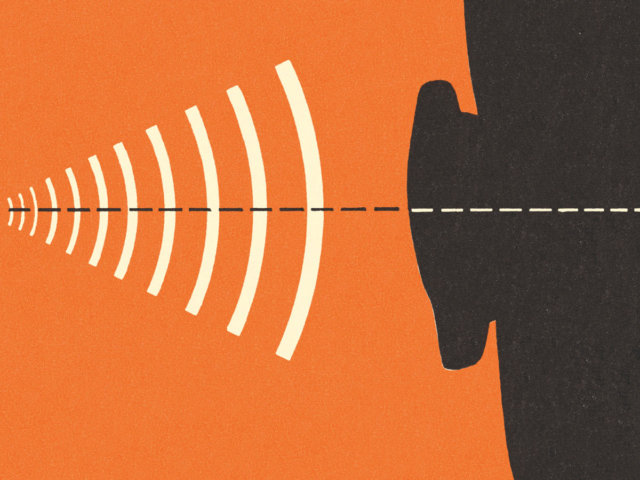
This unique tone is called timbre. It has the unexpected English pronunciation TAM-burr. Timbre is the unique color or character of a tone.

An instrument’s timbre comes from the unique mix of overtones it produces. Some overtones are more pronounced and others less. Some overtones fade fast and others linger. Some are louder than others. This is why one note on one instrument sounds different than that exact same note on another instrument.

The design and construction of an instrument, as well as how it is played, influences its mix of overtones. For example, when we compare grand piano to electric bass, the piano has longer strings struck by a felt hammer while the bass has shorter strings plucked with a finger or pick. Those are just two of the differences which help create their different timbres. Even different basses will have different timbres due to their different materials and design.
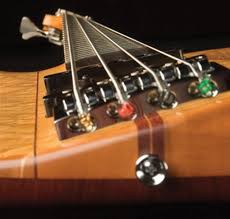
You can start to get a sense of how complex an instrument’s tone can get. Every material, every link in the chain, has an impact on the tone produced
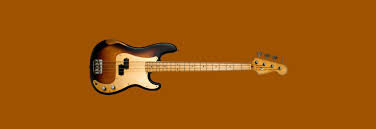
The proportion of an instrument’s overtones is what gives it its color, or timbre.

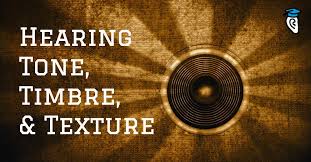

Guitar & Gear Articles








